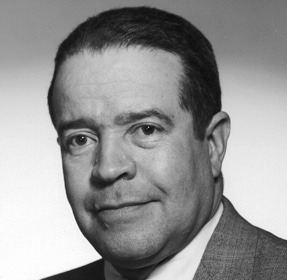Let us remember the remarkable life of J. Ernest Wilkins Jr., a pioneer in nuclear physics. Born on November 27, 1923, in Chicago, Wilkins’ academic journey began early, earning his Ph.D. at 19. His contributions extended beyond the classroom, excelling as a baseball player and table tennis champion.
During World War II, Wilkins joined the Manhattan Project, delving into the complexities of nuclear physics under luminaries like Arthur Holly Compton and Enrico Fermi. Despite facing racial barriers, his expertise garnered recognition, even securing a position through a colleague’s recommendation.
Wilkins’ scientific prowess blossomed, co-developing techniques crucial to nuclear reactor design alongside Eugene Wigner. His dedication to education and diversity was evident as he mentored minority students, sharing his experiences navigating a prejudiced society.
In the late ’50s and early ’60s, Wilkins pursued further education in mechanical engineering, driven by a passion for interdisciplinary collaboration. His academic journey culminated in five science degrees, solidifying his reputation as a polymath.
By 1970, Wilkins assumed a distinguished professorship at Howard University, where he championed establishing a Ph.D. program. His impact extended to prestigious institutions like the Argonne National Laboratory, where he served as a visiting scientist, and the National Academy of Engineering, where he was the second African American member.
Wilkins authored over 100 scientific papers throughout his career, exploring diverse topics from optics to differential geometry. Personal losses, including the passing of his first wife, Gloria Louise Steward, shaped his life alongside professional achievements.
Wilkins’ legacy endures through his children and his contributions to academia. His final years were spent in Atlanta, where he continued to inspire as a distinguished professor until his retirement in 2003. Wilkins passed away on May 1, 2011, leaving a profound legacy in science and education. He was laid to rest at the National Memorial Cemetery in Arizona, a fitting tribute to a life dedicated to excellence and progress.
